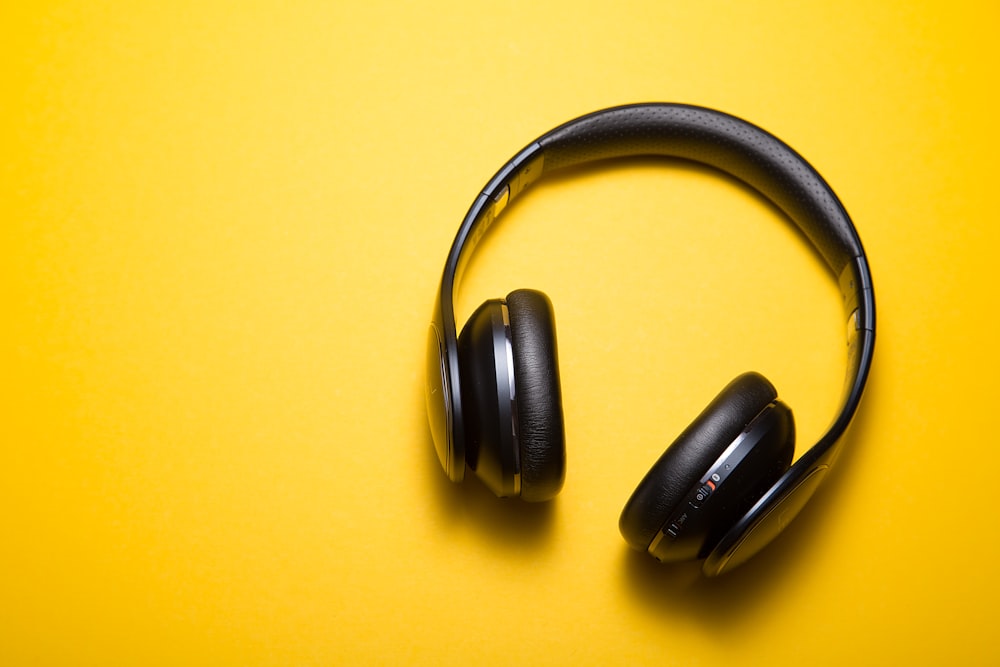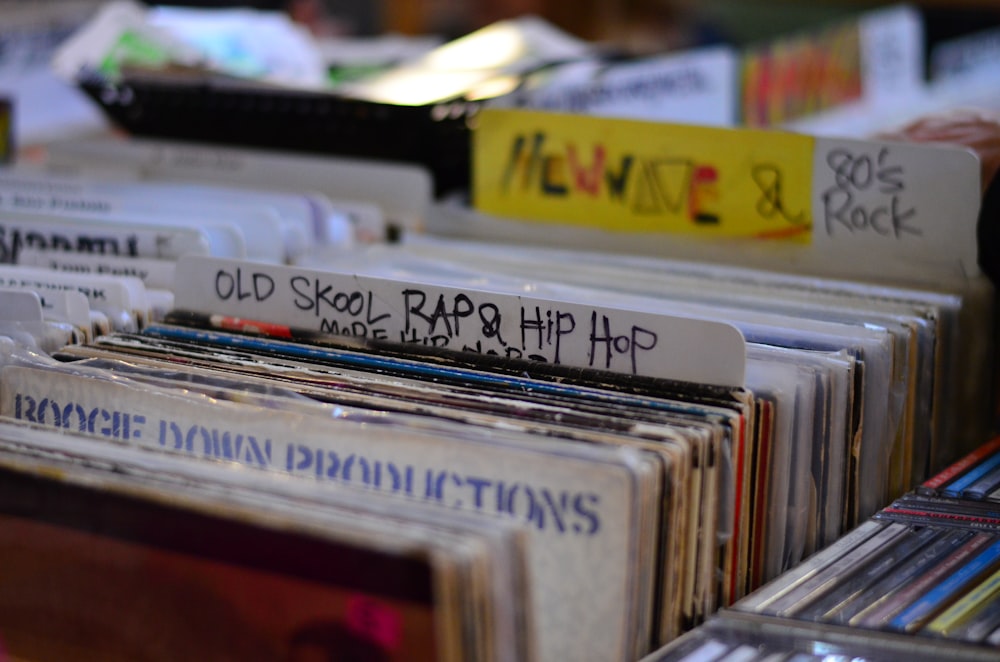
When people ask us how to start an Internet radio station, we share this simple formula: Your Music + Our Radio Servers + Listeners = Internet radio station.
There’s a little more to it than that, but, at its core, starting an Internet radio station requires these three fundamental steps.
The first step is the easiest. All online radio stations need a creator. And that someone is YOU. You don’t need a broadcasting license or even any experience to start an online station. All you need is a vibe and passion for radio.
The second step of the formula is also easy. You’ll need an Internet radio server and the proper DJ tools to turn your passion into a legitimate operation. This is where we come in.
Let us formally introduce ourselves. Here at Gecko Host, we provide cheap SHOUTcast and unlimited Icecast hosting (the top two server types for Internet radio broadcasting) alongside Auto DJ and live DJ management tools. What does this mean? It means you can start an online radio station without a lot of hassle.
After the second step, there’s little else to do other than build your audience of listeners (the third and final step in our formula).
Some minor tasks fit into these three steps, and we’ve listed them below. Read on to learn how to start an internet radio station.
Collect and Organize a Music Library

The big Internet radio stations get their music directly from record labels. But, as a newbie, you won’t have this luxury. The good news is that you can build a music library from various free and paid-for sources, and it’s a lot easier than you think.
Apple Music
Apple Music (formerly iTunes) has around 50 million songs to download, sync onto your Apple device, or broadcast with encoders like Winamp, Rocketbroadcaster, and, our favorite Auto DJ management tool, Centova Cast. You can cancel your subscription anytime (it’s $9.99 per month at the time of this writing).
eMusic
eMusic boasts 8 million DRM-free tracks (songs without digital rights management), meaning publishers can’t enforce music licensing. More on these licenses later. Like Apple, you can cancel your subscription (from $19.99 per month) whenever you like.
Google Play
On Google Play Music, you pay to download individual tracks/albums, which is slightly more expensive than Apple Music. Although, comparatively, there’s less choice than Apple Music, with over 40 million music files.
Amazon
Amazon has two music services: Amazon Prime, where you purchase individual tracks/albums, and Amazon Music Unlimited. The latter gives you more bang for your buck with unlimited songs for $9.99 per month ($7.99 per month if you’re a Prime member).
SoundCloud
You can download royalty-free music on SoundCloud as well by searching for tracks with a Creative Commons license. Warning: Not all of it is good.
So, when do you need a music license? Well, it depends. What music are you playing? Where are you playing it? You don’t need an FCC license to broadcast your online station like you do with “regular” terrestrial radio. But you might need one to play copyrighted songs, which of course, are the songs listeners probably want to hear.
You can get a license that lets you play copyrighted music, but this only covers listeners in your country. You’ll likely need paperwork from the organization that licenses the recordings you want to play, for instance, ASCAP, BMI, or SESAC. You might want to geo-block international listeners depending on where you are from.
Otherwise, you will have to deal with royalty reporting. Don’t worry, traditional radio stations have done this for decades. Centova Cast, which we mentioned previously, records royalties. You can download these royalty reports by the month inside the easy-to-use control panel. However, submitting the royalty reports is up to the broadcaster him or herself.
Tip: With Centova Cast, you can automate song playlists 24 hours a day with no downtime, all made possible by the Auto DJ feature.
Format Your Audio Files

Some of you already have a collection of digital music and correctly formatted files. But most of you are probably wondering what audio format to use. The majority of radio stations (Internet and terrestrial) use high-bit rate MP3 or AAC (Advanced Audio Encoding) formats for playout because of the high sound quality.
We recommend aacPlus, an enhanced AAC format from Dolby that replicates CD-quality sound in as little as 32 Kbps (Kilobytes per second). This means high-quality radio-ready sound in a smaller audio file that takes up less disk space and uses less bandwidth and data transfer.
Download a Free/Premium Encoder
A radio encoder is a program designed to broadcast your station on the Internet live from a remote location. It takes an audio input and outputs the data signal to your Internet radio server of choice. Again, we recommend SHOUTcast or Icecast because they are the two most popular platforms. This ensures listener and player compatibility.
There are various Icecast encoders out there, both free and premium. The Winamp DSP plugin best suits SHOUTcast Freemium if you want to go down that road, plus it works with Winamp as a basic setup. And it’s free! Then again, Icecast works with almost all third-party encoders (free and premium).
Let’s not forget about the built-in server-side Auto DJ packaged with the Centova Cast streaming control panel software. Using this Auto DJ interface, you can upload audio files to the media library, schedule playlists, and more. This way, you won’t have to send a constant live signal from your home or studio.
This may sound rather complicated to people learning how to start an Internet radio station, but we promise it’s not, especially with additional support from Gecko!
Double-check Settings and Connect

OK, this is the exciting part. Drumroll, please! Open the encoder software of your choosing and fine-tune the technical details. Happy? Click connect. Success! Now share your streaming link on social media, with family and friends, and finally, install a free HTML5 radio player on your website.
Tip: If there are errors, double-check your settings. Still not working? If you have an active Gecko plan, we’re here to help. Just open a support ticket and attach a screenshot of your encoder settings, and we’ll get back to you ASAP!
Recommended reading: How to Go Live for the First Time
Put Yourself in Your Listeners’ Shoes
Nobody learns how to start an Internet radio station overnight. Undoubtedly, there will be a few hiccups along the way, and this is normal. Put yourself in your listeners’ shoes. Test your station. Be your own worst critic. Then make adjustments as needed. It can take a while to find your groove but don’t give up.
When you broadcast, ask yourself:
- -Can listeners tune in and hear the broadcast?
- -Does the audio quality sound good enough?
- -Is your content appealing to an audience?
- -What can you do better overall?
Tip: Login to the Centova Cast control panel and review the error log. This will confirm whether everything’s working or not and provide valuable insights into the issue for further troubleshooting if necessary.
Grow Your Listening Audience

So, you’ve mastered the technical aspects of how to start an Internet radio station. Now it’s time to start thinking about growing your audience. You don’t need a marketing degree to do this, just a little know-how and extra effort go a long way.
Submit your station
Submit your online radio station to streaming directories like TuneIn, Online Radio Box, StreamFinder, Streema, and many more. This exposes your station to a whole new audience, and it’s a quick way to attract listeners.
Recommended reading: How to Get Listed In The Shoutcast.com Directory
Create a website
Create a website. And make it a good one. Listeners might come across your site before they even listen to your station. First impressions count. That means, absolutely NO autoplay under any circumstances. Statistical analytics show that nothing bounces website visitors faster than the autoplay=true setting. No, thank you!
Control panel widgets
The Centova Cast control panel has several copy-and-paste widgets for your website or app: station summary, stream details, recent tracks, listener map, on-demand content, and a song request form which is great for engagement. Plus various other widgets.
Recommended: Try a demo of the Centova Cast control panel
Social media
Come up with a great social media strategy. The best online radio stations post clips, engage with listeners, and announce events on their Facebook, Twitter, and Instagram profiles regularly. You should do the same.
But don’t stop there. Go for it! Ask influencers or big names in the Internet radio industry to promote your station/shows on their social feeds. Then, return the favor by promoting their socials or name-dropping on the air.
Whether you use one of these tactics or all of the above, spend time branding your station. You don’t need to hire a graphic designer or pay for expensive TV commercials. But still, try to create a visual identity for your station. The world’s most famous stations are instantly recognizable because of the colors and fonts used in their logo, and this branding carries through to their websites, social feeds, and marketing materials.
Add Live DJs
Now it’s time to think about programming content. After broadcasting for a few weeks, you’ll have a better idea of the radio station you want to develop. Think about the songs you want to play, the listeners you want to attract, and the DJs you want to use (or not use!).
Ask friends and family to DJ for your station or source local talent from your area. Search for graduates of college radio broadcasting programs or mature DJs with lots of experience. You’ll also definitely want to find a good Internet radio community of peers to compare notes with online.
Tip: With Centova Cast’s DJ management tools, you can set permissions for playlist scheduling, media library access, and limit the DJs to specific broadcasting times of the day or week.
Recommended reading: Giving Your DJs Restricted Access to Centova
Make a Quality Playlist

When learning how to start an Internet radio station, you probably won’t be able to supervise your broadcast 24 hours a day, so making custom playlists proves useful. General rotation playlists scheduled by a server-side Auto DJ or remote studio encoder will continue to run for weeks at a time, entertaining listeners who come across your station while you are away.
This is also why it’s a good idea to create an Auto DJ playlist as a backup in case of emergency. Say, for example, a DJ flakes out at the last minute or has a power outage, etc. The Auto DJ won’t skip a beat. Neither will your listeners. 😉
Add an Intro or Outro Jingle
Every radio fan had a favorite jingle growing up. It’s the perfect branding — a jingle is instantly recognizable. You can play your jingle in between songs, at the start/end of shows, or before/after commercial breaks (bumpers). The norm is to incorporate your station’s call letters or a memorable slogan into your jingle.
Tip: Radio jingles don’t have to cost a fortune either, check out Fiverr for custom jingles.
The Final Word
Now you know how to start an internet radio station! You can start broadcasting to the world with just a few tools, a DJ or two, some killer playlists, and a snappy jingle. Over time, you can and will build an audience by submitting your station to streaming radio directories and promoting it on social media.
In short, the entire process is so much easier when you have a reliable Internet radio server, DJ tools, and a little know-how. Having the Gecko Host support team on your side doesn’t hurt either. 😉 We pride ourselves on quality customer service. Please reach out if you have a question or need help getting started.
Happy streaming!
